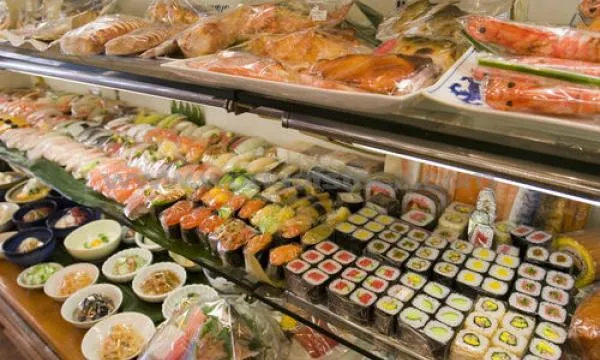
Japan's foodservice market rises as more people dine out
Local consumers are becoming more interested in trying out a variety of diffcuisines.
A rising frequency of dining out amidst time-pressed schedules and a growing influence of cross-culture dietary patterns is boosting Japan’s foodservice market, which is projected to witness a CAGR of 0.84% from 2021 to 2026. This will take it from a market value of $142.84b in 2020 to over $144b in five years' time, a report from Research and Markets revealed.
In particular, the country is seeing a strong presence of foodservice providers offering Japanese, Korean, and western cuisines.
Restaurant chains in Japan have been suffering after shutdowns and limited hours caused by the pandemic, with sales in March 2020 down to almost 40% of some companies' usual revenues.
According to a report released by TableCheck, the percentage of dining reservations being cancelled surged 3.6 times before the pandemic for groups of 10 or more.
“The foodservice operators, which rely on lunch and dinner demand from business workers, are also suffering as more companies have employees working from home at the government's request,” the report stated.
Still, the variety of restaurants and menu items available in the Japanese food service continues to expand in the country, as Japanese consumers are interested in trying a new and vast variety of cuisines available at their convenience, the report noted.
"Food from Europe, Asia, Australia, and the Americas are becoming increasingly popular, partly due to a large number of Japanese travelling abroad every year,” the report stated.
Consumers are also getting greater access to media and the internet, exposing them to various international products, activities, and lifestyles. Japan is also experiencing rapid growth in the tourism industry, which can help international foodservice brands, the report added.
Full-service restaurants hold the largest market share in the country, boosted mainly by consumers and tourists increasingly seeking out traditional authentic Japanese cuisines, primarily sushi.
More recently, Italian and Spanish restaurants have grown in popularity. Mexican restaurants, which are still fewer in number, are also gaining ground, giving opportunities for US exporters of items such as tortillas, frozen guacamole, and related Tex-Mex ingredients.
However, the rising labor and ingredient costs and unfavourable demographic trends have presented considerable challenges to full-service restaurants.



















 Advertise
Advertise







